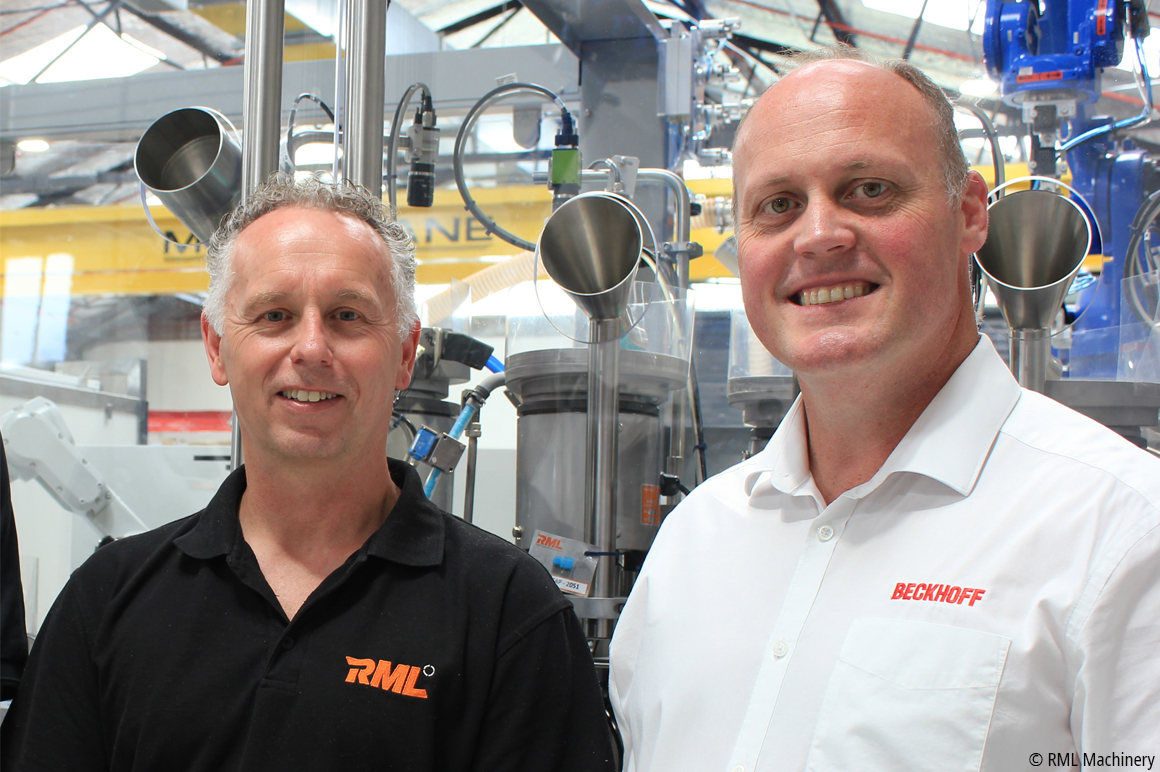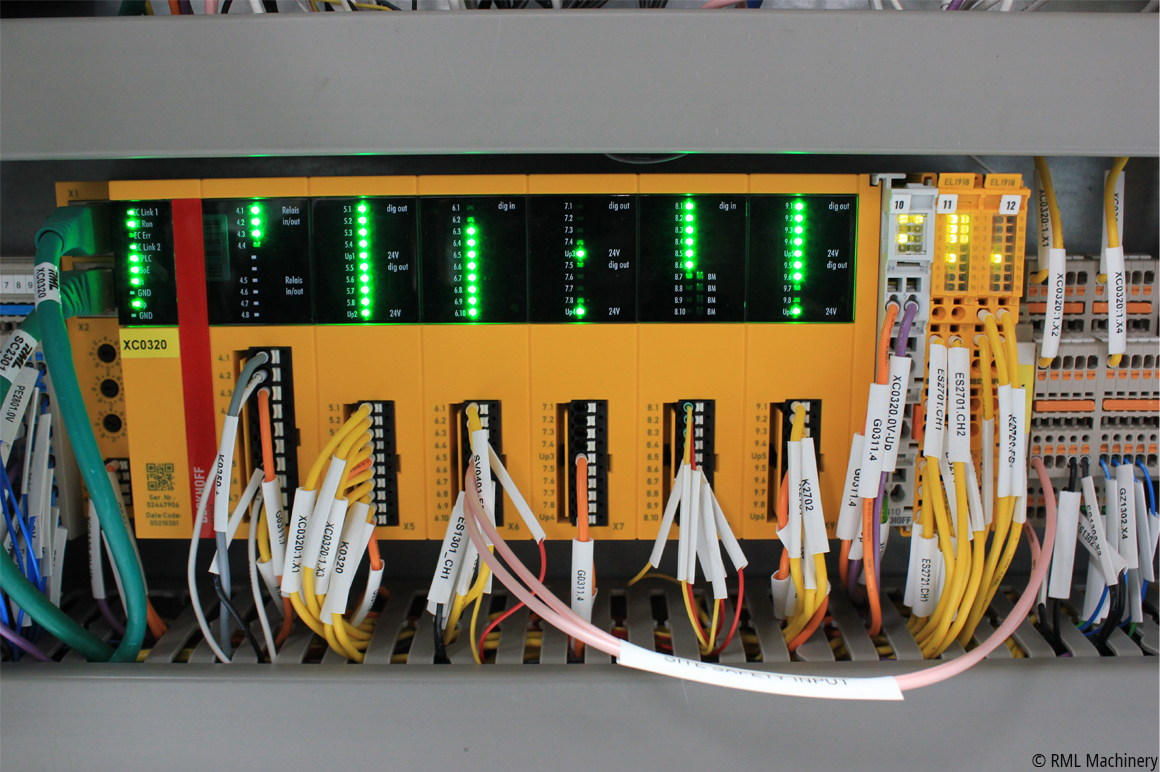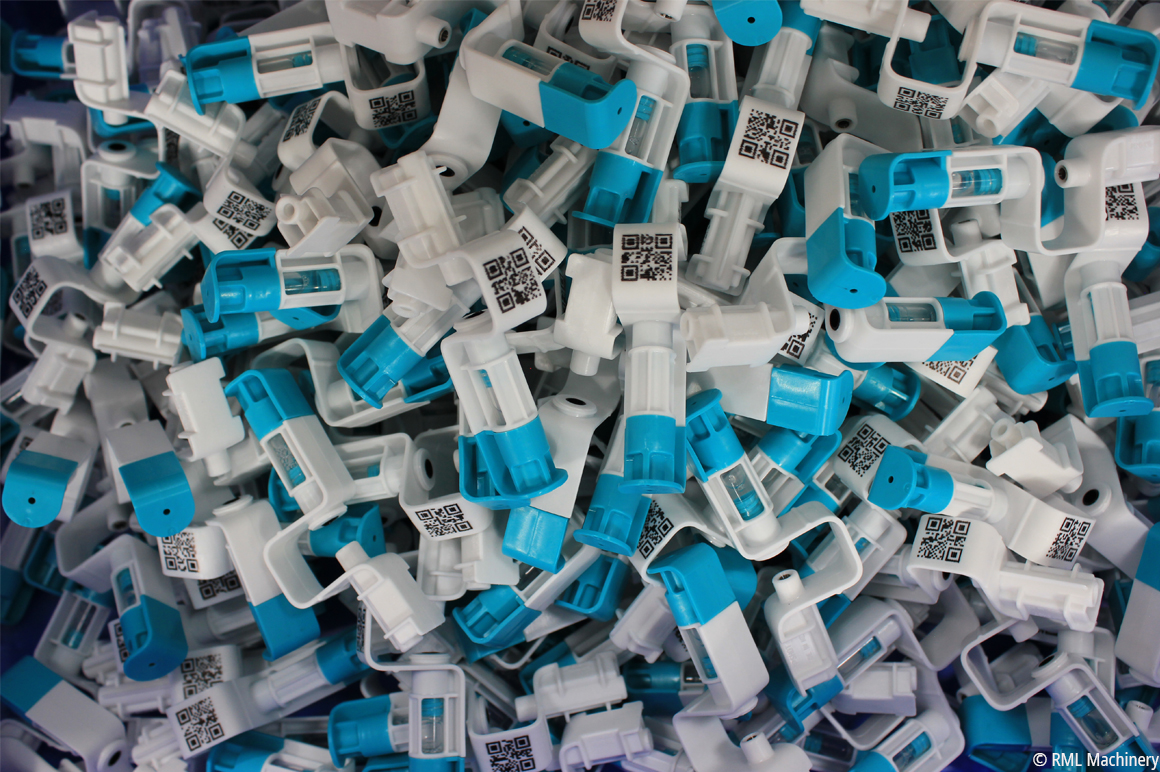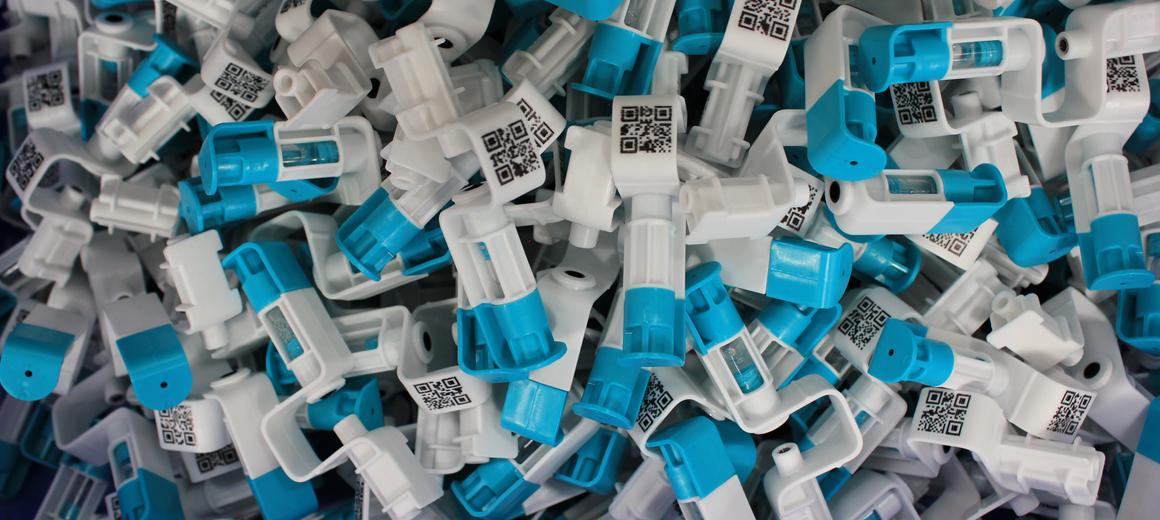

PC-based control technology for DNA tests in livestock farming
According to RML Machinery, New Zealand has been at the forefront of technological development in agriculture for years, ensuring efficiency and modernization in livestock farming. A recent example involves the use of SNPshot™ DNA tests, which harness the latest technology – including from Beckhoff – to meet the needs of two end user groups: farmers who take samples in the field and DNA laboratories that process the resulting samples.
New Zealand-based automation and robotics company, RML Machinery, has been working closely with Beckhoff on control system integration for the last decade. RML provides comprehensive solutions for many of Australia’s leading fast-moving consumer goods (FMCG) brands, implementing the flexible "challenge accepted" approach to automation technology. The progressive, flexible, and reliable approach of Beckhoff makes it the ideal partner for RML, which is always thinking one step ahead in terms of increasingly sophisticated solutions.

High-precision DNA sampling on the farm in no time
SNPshot™ DNA tests have a wide range of applications, with around 15 million samples taken worldwide every year to identify stud horses, sheep, farmed salmon, and more besides. The SNPshot™ DNA sampler is equipped with both RFID and barcode readers, capable of reading a wide variety of animal ID tags. What’s more, at the time of sampling, the GPS coordinates of the sampling site are recorded to be used as a practical verification and risk management tool.
To illustrate, the sampler reads an animal’s ear tag and links it to a QR code on the corresponding cartridge while the tissue sample is being taken. Once a farmer has finished sampling for the day, they can transfer the sampling data – i.e., the cartridge QR code and the linked animal ID – to the SNPshot™ mobile app on a smartphone via Bluetooth and even synchronize it with the cloud-based SNPshot™ hub if required. Once the sampling process is complete, the test tubes are removed from the cartridges and sent by courier to a DNA lab. These test tubes contain a buffer solution so that they do not need to be cooled during shipping. Both the cartridges and their recyclable sleeves are quick and easy to load into the sampler. Most users wear a simple two-piece tool belt during this process, with fresh cartridges on one side and used cartridges on the other.
As a new cartridge is used for each animal, the risk of contamination of the samples is minimal. The beauty of the SNPshot™ cartridge is that it is compatible with standard laboratory test tubes. This in turn offers the advantage that the test tubes are sure to be the right size for use with normal laboratory equipment when sent to the DNA lab. The seamless digitalization of the entire process also serves to minimize any previous challenges with regard to animal identification.
Sophisticated cartridge production
The sampling cartridges consist of nine components, one of which is filled with a saline solution. Manufacturing these cartridges was incredibly labor-intensive in the past and even identified as a source of production bottlenecks. SNPShot™ therefore needed a system that would automate the process and produce finished cartridges at a rate of 20 units per minute. RML proposed an A101 injection molding assembly machine as a solution, which takes the cartridge bodies directly from an injection molding machine. The other eight components are loaded into separate tray conveyors, where they can be separated and made available for loading as separate units.
The assembly machine consists of three robots, three Beckhoff servo axes for precision positioning, eight cameras for part identification, a dispenser unit for saline solution, a QR barcode printer, and database integration for complete traceability of all components. Each cap in the cartridge is provided with a pre-printed miniature data matrix code. During the assembly process, this code is read and sent to a cloud database via a RestAPI interface. The code is then validated and a secondary QR code is returned via the same interface. It is this secondary QR code that is ultimately printed on the outside of the cartridge body.
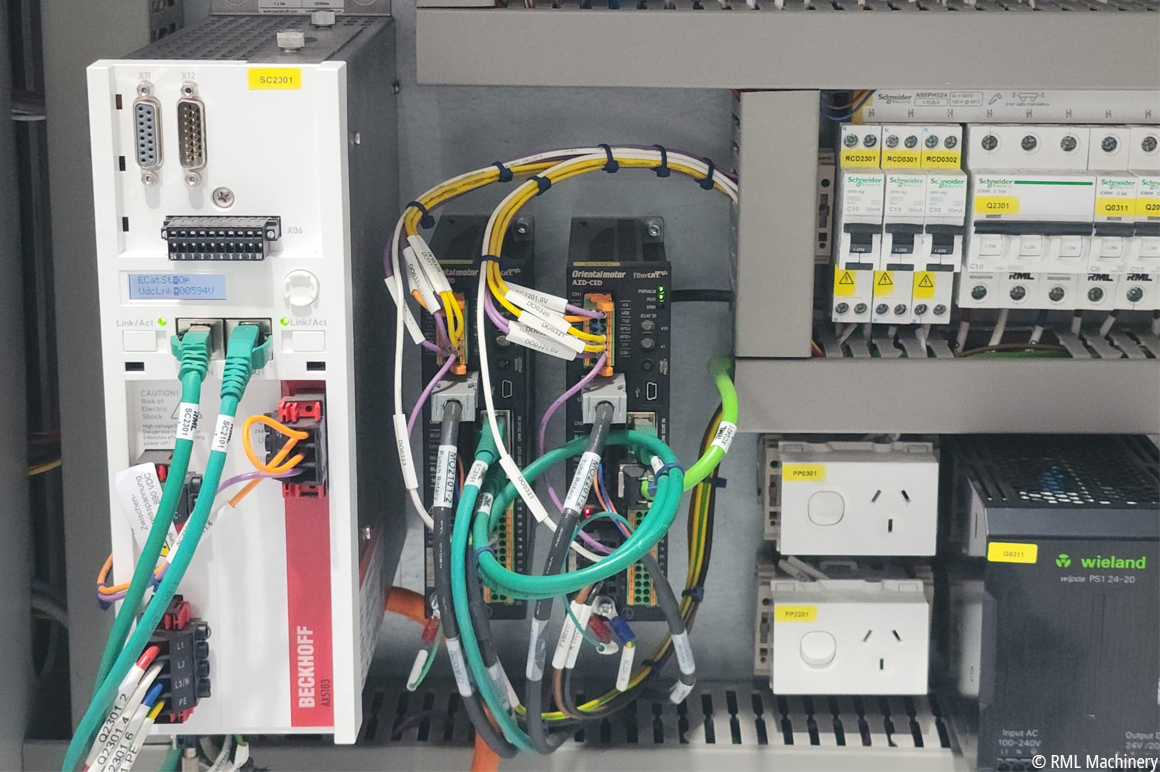
High-performance industrial PC and convenient visualization
An C6030 ultra-compact Industrial PC from Beckhoff with a quad-core Intel® Core™ i7 processor with a clock frequency of 3.6 GHz was selected as the controller. This high-performance processor offers all the computing power required for the demanding application. According to Jon Marden from RML, the system reliably handles sophisticated motion tasks, image processing control for a total of eight cameras, cloud-based data exchange, interface control for three robots, and the sophisticated human-machine interface that combines all of these modules in a user-friendly operator interface. He goes on to assert, “The fact that this outstanding computing power is available in an extremely compact design also makes for a smaller control cabinet compared to other products on the market.”
Exceptional ease of use is afforded by the two touch-screen monitors connected to the Beckhoff Industrial PC: one with TwinCAT HMI for convenient visualization and machine control, and another for a live feed from each camera in the image processing application. This gives the operator a clear insight into the entire process sequence.
The precision axes are managed by a Beckhoff AX5103 servo drive, which communicates with the industrial PC via EtherCAT. In addition to the TwinCAT 3 HMI Server for visualization, the system also uses TwinCAT 3 PLC and TwinCAT 3 NC PTP, as well as TwinCAT 3 Database Server, TwinCAT 3 TCP/IP, and TwinCAT 3 IoT HTTPS/REST for efficient data communication. According to Jon Marden, the openness of the PC- and EtherCAT-based control technology from Beckhoff allowed RML to provide a high-precision positioning system without being limited to a single hardware supplier.
